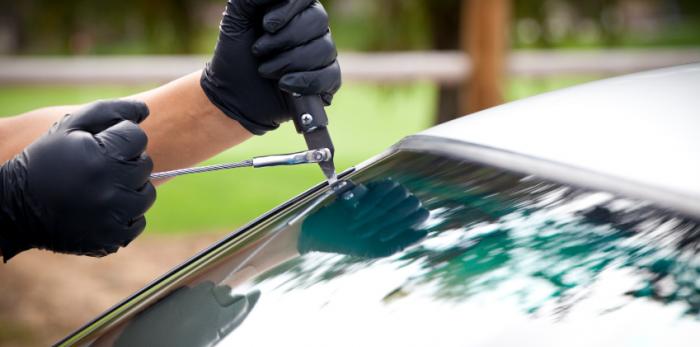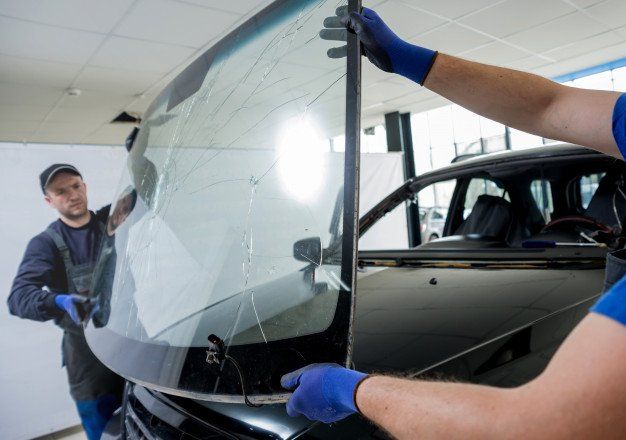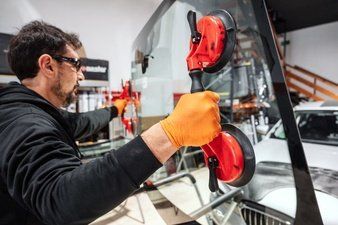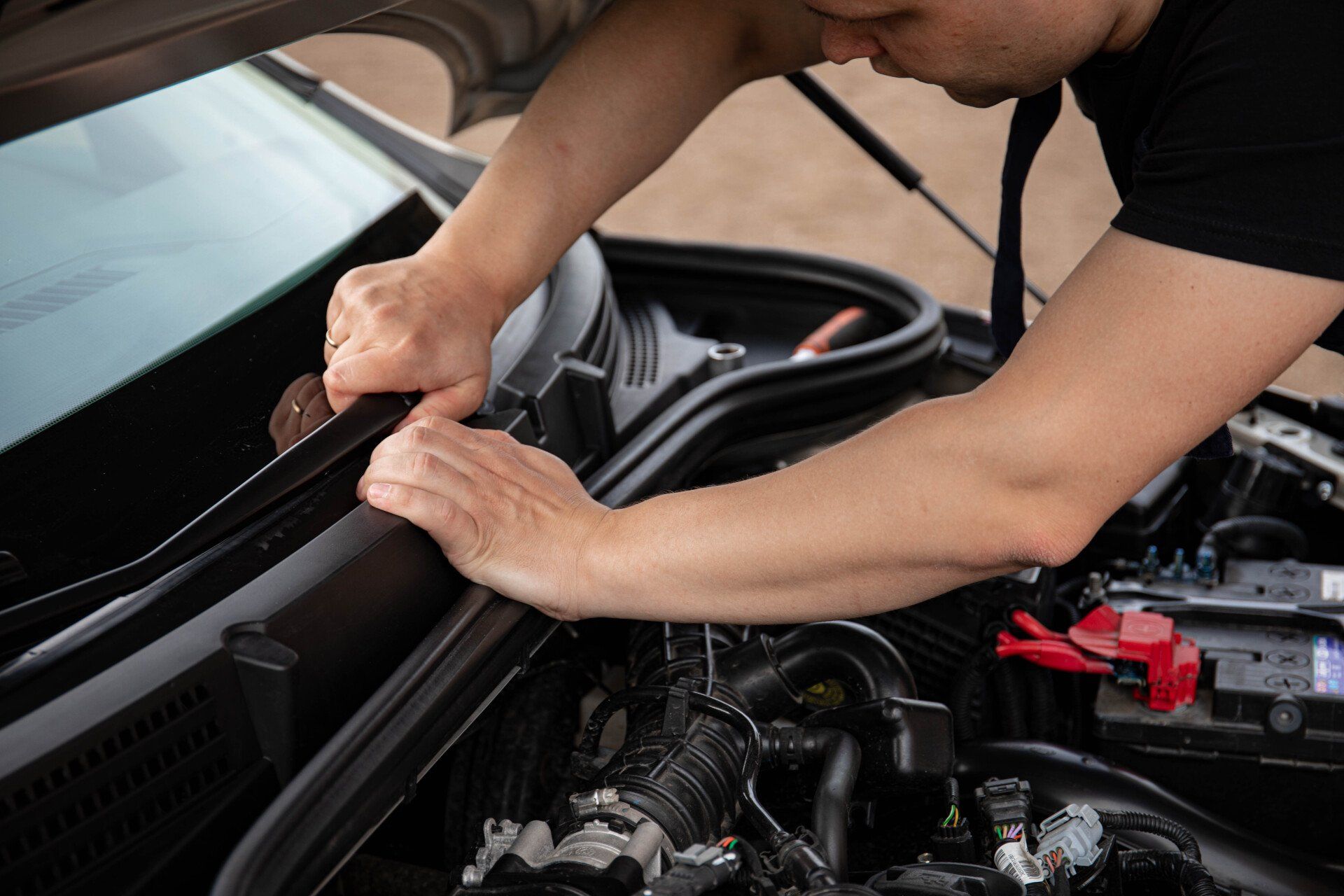The Art and Science of Windshield Repair
The Technical Precision Behind Windshield Restoration
Your vehicle's windshield is a crucial component that often goes unnoticed until it's damaged. It serves as a protective barrier against the elements, flying debris, and even the structural integrity of your car. When your windshield sustains damage, whether it's a small chip or a larger crack, it's essential to address it promptly. Windshield repair is not only about maintaining your car's aesthetics but also ensuring your safety on the road.

Understanding Windshield Damage
Windshields are typically made of laminated safety glass, which consists of two layers of glass with a layer of polyvinyl butyral (PVB) in between. This design makes windshields durable and able to withstand considerable stress. However, even the toughest glass can suffer damage over time.
Common types of windshield damage include:
- Chips: These are small, circular or semi-circular breaks in the glass, often caused by rocks or debris hitting the windshield. They can vary in size and depth.
- Cracks: Cracks can be more significant and can occur due to temperature fluctuations, impact, or stress on the windshield. Cracks can be straight or appear as spiderweb-like patterns.
The Importance of Timely Repair
While a small chip or crack may seem insignificant, it can quickly escalate into a more extensive problem if left untreated. Here's why prompt windshield repair is crucial:
- Safety: A damaged windshield compromises the structural integrity of your vehicle. In an accident, it may not provide adequate support to the roof, increasing the risk of collapse. Additionally, a compromised windshield is more likely to shatter on impact, posing a significant risk to occupants.
- Visibility: Even a minor chip can obstruct your line of sight, impairing your ability to see clearly while driving. This can lead to accidents and increased danger on the road.
- Legal Issues: In many places, driving with a severely damaged windshield is illegal. You may face fines or penalties if you don't address the issue promptly.
The Windshield Repair Process
Windshield repair involves several steps, and it's best left to trained professionals who have the necessary tools and expertise. Here's an overview of the repair process:
- Assessment: The technician will assess the extent of the damage to determine if repair is possible. Generally, chips smaller than a quarter and cracks less than six inches long can be repaired.
- Cleaning: The damaged area is cleaned to remove any debris, moisture, or contaminants that may interfere with the repair process.
- Injection: A special resin is injected into the damaged area. The resin is formulated to bond with the glass and restore its strength and clarity.
- Curing: Ultraviolet (UV) light is used to cure the resin. This process hardens the resin, making it transparent and sturdy.
- Polishing: Once the resin is cured, the technician will polish the repaired area to ensure it's smooth and free of imperfections.
After a successful windshield repair, the damaged area should be nearly invisible, and the structural integrity of the windshield should be fully restored.
Conclusion
Windshield repair is not just about aesthetics; it's about safety and ensuring the longevity of your vehicle's most vital protective component. When you notice any windshield damage, no matter how small, it's essential to seek professional repair promptly. Neglecting such damage can lead to more extensive and costly issues down the road, not to mention the potential safety hazards. Prioritize the care and maintenance of your auto glass to keep yourself and your passengers safe on the road.











